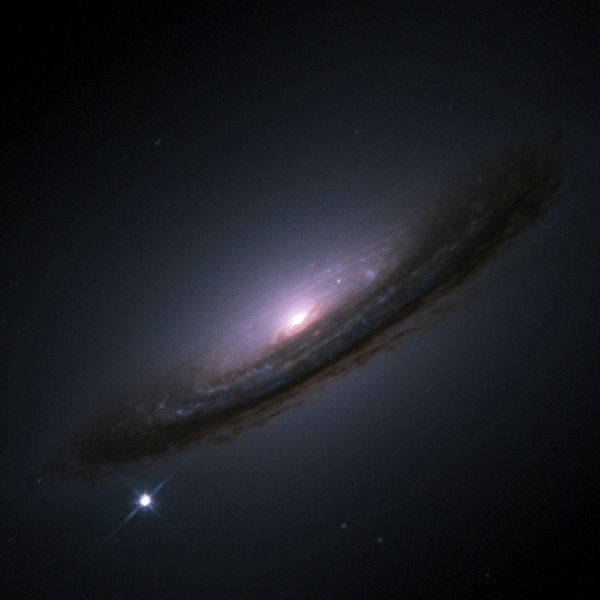Amateur observations of supernovae
Interview with
Most of the delegates at the National Astronomy Meeting are professional  researchers based at the country's universities and observatories, but there were also a few amateur astronomers there too. Tom Boles holds the world record for having personally discovered more supernovae than any other individual in history, all from his home in Coddenham in darkest Suffolk. Dominic Ford asked him how he feels about holding the record.
researchers based at the country's universities and observatories, but there were also a few amateur astronomers there too. Tom Boles holds the world record for having personally discovered more supernovae than any other individual in history, all from his home in Coddenham in darkest Suffolk. Dominic Ford asked him how he feels about holding the record.
Tom - I don't know if that should be a scientific challenge or not. I think some of it's down to sheer stubbornness and, just keeping repeating doing the same thing all the time. Yes, I've discovered 152 supernovae to date and I hope that some of those have been use to somebody at some time. I know it's certinaly generated a lot of papers, couple of them I've co-authored myself, but yeah, they have been used to perhaps calibrate bigger surveys and more important work further along the field.
Dominic - How do you go about hunting for supernovae?
Tom - Well, you just keep looking. You just take hundreds and thousands of pictures and you compare those with archived images that you have on your hard drive in your computer and you just do it over and over, and over again. It sounds boring, but it isn't because obviously, you know every galaxy is different, the shape of every galaxy is unique, and when you see the same old friends coming around year after year, it does stimulate you and that's partly where the motivation comes from. If it was only discoveries that motivated you, you'd give up very, very quickly. You'd just get bored. I guess it takes me roughly 4,000 images for every discovery I make. So, that works out at about 120 hours walk at the computer, by the telescopes to get one discovery. So, considering the number of clear nights we get in the UK that wouldn't last very long.
Dominic - So, are you working down a list of nearby galaxies which are close enough that a supernovae in those galaxies would be bright enough for you to see?
Tom - Yes, that's basically the idea although I don't differentiate between say, type 1 and type 2. Type 1 is, I can see a bit farther away than the type 2s because they're optically brighter. At the end of the day, I just goout for as far as I hope to see supernova in galaxies. At the moment, I've got just over 12,000 galaxies on my list. So, over the period of 12 months, I get round the whole sky and I just keep imaging the same galaxies over and over again until I get a result.
Dominic - And I guess you've turned this into quite an industry. Is it three telescopes you've got?
Tom - I've got three telescope, yeah and I run typically 60-second integrations using rather sophisticated CCDs. I use back-illuminated coal CCDs now, so I've got research grade cameras, and I get about 135 images an hour. So, start building those up over the winter months, that would produce several thousand images to check overnight. So, actually taking the images is the easy bit. Checking them and eliminating them for supernova suspects is the hard bit.
Dominic - I'd imagine that must drive you insane, looking at these thousands of images, trying to find supernova candidates.
Tom - That's the fun bit, isn't it? I mean, there's no point of taking the image if you don't look at them. I'll tell you what's really funny. I've been doing it now for 15, 16 years and I can actually spot proper motions and stuff with the images between the archive images I've got and the fresh images I've taken in any night. If you look at it, you might think you've discovered an asteroid in there, but it's actually a star that's jumped across in half a minute. And it's quite motivating to see how the sky changes over a very long period as well.
Dominic - You're planning to keep up this work or is there competition from surveys like Pan-STARR starting to become too much?
Tom - Well it's not so much Pan-STARRs but you know, they've put this big CCD camera on the Schmidt telescope and that is really cleaning up the skies quite well. So yeah, the big surveys are becoming a big challenge. I've still got the edge I think because I'm perhaps a little bit more flexible than them and I can move around the sky a lot easier. How long that'll last for? I don't know, but I'll keep doing it until the results dry up. But it's getting tougher.










Comments
Add a comment